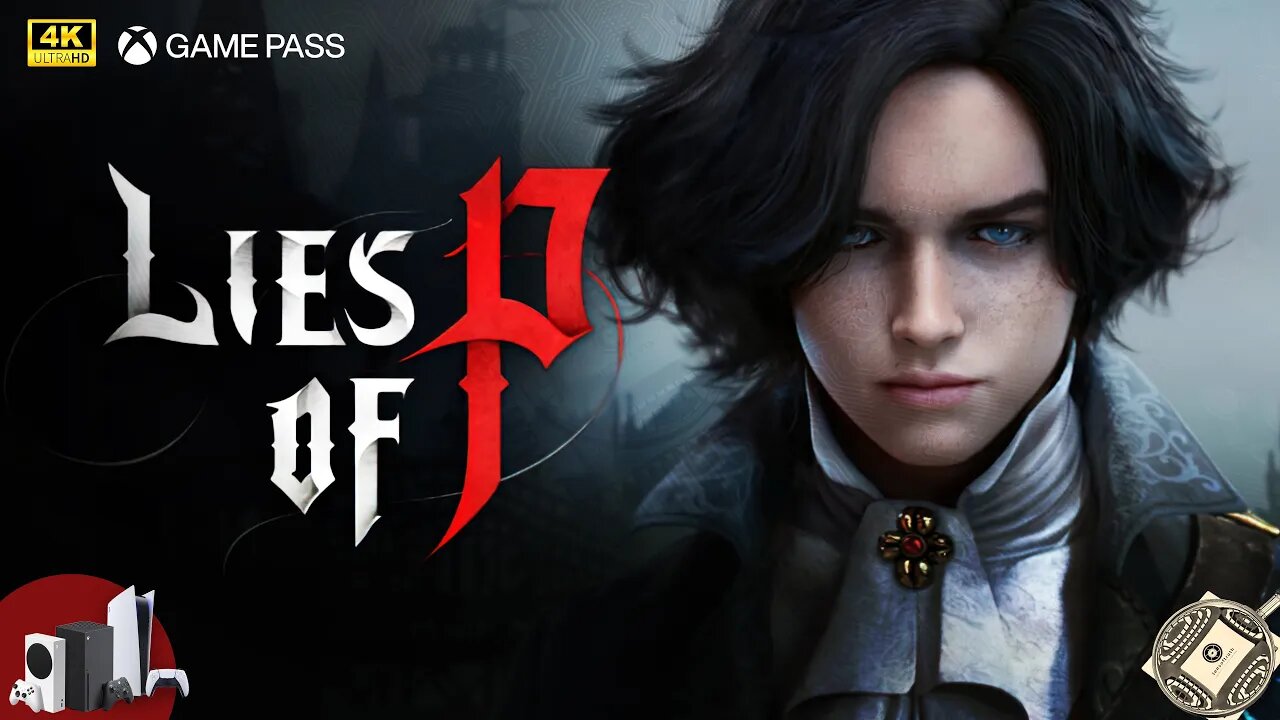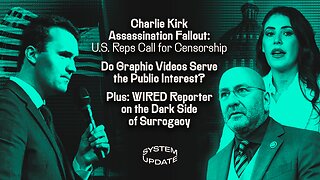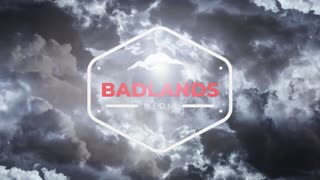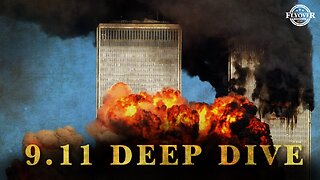Premium Only Content

LIES OF P - Tech Analysis on Xbox Series S/X and PS5 - GAME PASS
Analysis of performance and image quality of Lies of P on Xbox Series X/S and PS5.
Index:
Intro 00:00
Frame Rate – Quality Mode 00:09
Resolution 02:14
Reflections 05:29
Frame Rate – Quality VRR Mode 07:24
Shadows 09:29
Textures 11:24
Frame Rate – Performance Mode 13:19
Loading 15:24
Conclusions 15:58
Xbox Series S Tech Specs 17:43
Xbox Series X Tech Specs 17:53
PS5 Tech Specs 18:03
Technical dictionary:
- AMD FidelityFX™ Super Resolution (FSR):
FidelityFX Super Resolution (FSR) is used to upsample an input image into a higher resolution. There are two versions of FSR with distinctive upscaling technique and image quality.
FSR 1 is a spatial upscaler based on the Lanczos algorithm* requiring an anti aliased lower resolution image.
FSR 2 and 2.1 is a temporal upscaler based on a modified Lanczos* requiring an aliased lower resolution image and utilising the temporal data (such as motion vectors and frame history) and then applies its own anti aliasing pass which replaces the game's temporal anti-aliasing solution.
Quality Preset Scale Factor Render Scale
Performance 2.0x 50.0% (e.g. for 4k: 1080p upscale to 2160p with FSR)
Balanced 1.7x 58.8% (e.g. for 4k: 1270p upscale to 2160p with FSR)
Quality 1.5x 66.6% (e.g. for 4k: 1440p upscale to 2160p with FSR)
* The Lanczos algorithm is an iterative algorithm invented by Cornelius Lanczos that is an adaptation of power methods to find eigenvalues and eigenvectors of a square matrix or the singular value decomposition of a rectangular matrix. It is particularly useful for finding decompositions of very large sparse matrices.
- Cube Mapping Reflections:
A Cubemap is a collection of six square textures that represent the reflections on an environment. The six squares form the faces of an imaginary cube that surrounds an object; each face represents the view along the directions of the world axes (up, down, left, right, forward and back). Cubemaps are often used to capture reflections or “surroundings” of objects; for example skyboxes and environment reflections often use cubemaps.
- Screen Space Reflections (SSR):
Screen space reflections (SSR): a more expensive technique that traces reflection rays in screen space (as opposed to world space in e.g. ray tracing). This is done for each rendered pixel of the reflected surface, using the surface normal and scene depth.
The disadvantage is that objects not captured in the rendered frame cannot appear in the reflections, which results in unresolved intersections and incomplete reflection image.
- Ray-Traced Reflections
Ray-Traced Reflections is a more accurate ray-traced solution to Screen Space Reflection technique (that traces reflection rays in screen space), ray tracing traces reflection rays in world space.
The disadvantage of the technique using ray tracing is the need for a dedicated hardware for accelerating the calculations needed to perform the feature.
- Shadow Mapping
Shadow mapping or shadowing projection is a process by which shadows are added to 3D computer graphics. This concept was introduced by Lance Williams in 1978, in a paper entitled "Casting curved shadows on curved surfaces."[1] Since then, it has been used both in pre-rendered and realtime scenes in many console and PC games. Shadows are created by testing whether a pixel is visible from the light source, by comparing the pixel to a z-buffer or depth image of the light source's view, stored in the form of a texture.
- Simple Shadow Mapping
Simplest possible implementation of Shadow Mapping, without any smoothing or additional features.
- Soft Shadows Mapping
Soft shadows are typically rendered in games by using shadow mapping and Percentage Closer Filtering with a uniform kernel size. The Percentage-Closer Soft Shadows (PCSS) algorithm computes a variable kernel size based on the distance between the relative position of the receiver point, an approximation of the blocker, and the area light.
- Ray-traced Shadows
Ray-traced shadows are generated by tracing the path of rays sampled from a light source. Ray-traced shadows are more accurate than shadow-mapped shadows. All ray-traced shadows are world space shadows.
- Unreal Engine 5 Lumen
Lumen is Unreal Engine 5's fully dynamic global illumination and reflections system that is designed for next-generation consoles, and it is the default global illumination and reflections system. Lumen renders diffuse interreflection with infinite bounces and indirect specular reflections in large, detailed environments at scales ranging from millimeters to kilometers.
-
 2:59:56
2:59:56
Laura Loomer
9 hours agoEP143: Remembering Charlie Kirk (1993–2025)
93.3K68 -
 58:04
58:04
Man in America
12 hours agoCharlie Kirk’s Assassination—An URGENT WARNING for America
87.2K100 -
 1:22:15
1:22:15
Glenn Greenwald
10 hours agoCharlie Kirk Assassination Fallout: U.S. Reps Call for Censorship; Do Graphic Videos Serve the Public Interest? Plus: WIRED Reporter on the Dark Side of Surrogacy | SYSTEM UPDATE #513
203K176 -
 1:48:36
1:48:36
Right Side Broadcasting Network
16 hours agoLIVE: President Trump Attends the Yankees Baseball Game - 9/11/25
176K26 -
 1:54:32
1:54:32
Badlands Media
10 hours agoBadlands Media Special Coverage - FBI Press Conference on Charlie Kirk's Assassination
145K20 -
 1:06:19
1:06:19
BonginoReport
11 hours agoManhunt Underway for Charlie Kirk’s Assassin - Nightly Scroll w/ Hayley Caronia (Ep.132)
312K252 -
 1:11:42
1:11:42
Flyover Conservatives
19 hours agoStructural Architect Destroys 9.11 Narrative... What Really Happened? - Richard Gage AIA | FOC Show
98.6K18 -
 1:51:14
1:51:14
Precision Rifle Network
15 hours agoS5E1 Guns & Grub - Charlie Kirk's "sniper"
56.9K17 -
 13:09:12
13:09:12
LFA TV
22 hours agoLFA TV ALL DAY STREAM - THURSDAY 9/11/25
416K94 -
 1:01:56
1:01:56
The Nick DiPaolo Show Channel
12 hours agoDems + Media Killed Kirk | The Nick Di Paolo Show #1792
131K120